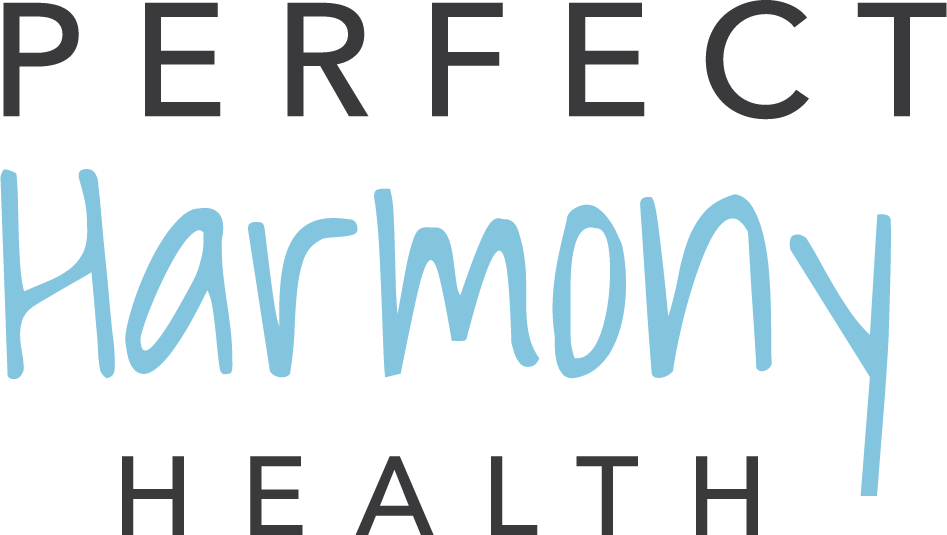Future Perspectives on neural mechanisms underlying rhythm and music based neurorehabilitation in Parkinson’s Disease
Rhythm and music-based treatment utilizing Neurologic Music Therapy (NMT)® is centered around entrainment. Entrainment refers to the synchronization of the beats of music with natural body function. It’s why you listen to fast music when you’re working out. It’s why you find yourself walking in time to someone else’s heel clicks down the hallway. It’s how marching bands of 400+ members can all be marching on the same foot at the same time. Natural rhythmic patterns occur in our speech and in our walking. The basal ganglia, an area in the brain responsible for motor movements and motor control, is affected by the lack of the dopamine transmitter characteristic of Parkinson’s Disease, and has difficulty providing that natural rhythmicity of motor movements. Luckily, we can use rhythm as an external facilitator in the auditory-motor network to influence motor control. In neurologic music therapy (NMT)® treatment, “rhythmic cues serve as a continuous time reference to initiate and continue motor behaviors” (Thaut, 2018). Rhythmic cues, such as a simple metronome beat or a noticeable beat in music can help regulate initiation, timing, and pace in walking.
The auditory system is an efficient system to influence motor systems because it is faster and more precise at detecting temporal (time) patterns than other sensory systems. Additionally, the auditory system is closely connected to the motor system and the connection happens between the two systems even below our conscious perception - meaning we don’t have to be actively thinking about what’s happening in our brain to have an immediate effect on our behavior. Studies show that even passive listening to music or rhythms activated motor areas such as the basal ganglia (motor control), cerebellum (muscle control, balance and movement), pre motor cortex (motor planning), and supplementary motor area (planning of complex movements, bilateral coordination).
“Functional neuroimaging studies can reveal changes in brain activity during auditory-motor entrainment by employing a simple repetitive motor task (e.g., a finger tapping task) synchronized to RAS (e.g., isochronous metronome clicks)” (Thaut, 2018). Even if we are involving the motor system at such a primary level while listening to music or just tapping along to a beat, there are connections being made between the auditory and motor systems. This suggests that by following certain pathways, the brain can send signals to other motor brain areas responsible for motor speech tasks, all synchronized to the beat that is being tapped along to.
Reference:
Koshimori, Yuko, and Michael H. Thaut. “Future perspectives on neural mechanisms underlying rhythm and music based neurorehabilitation in parkinson’s disease.” Ageing Research Reviews, vol. 47, 2018, pp. 133–139, https://doi.org/10.1016/j.arr.2018.07.001.

